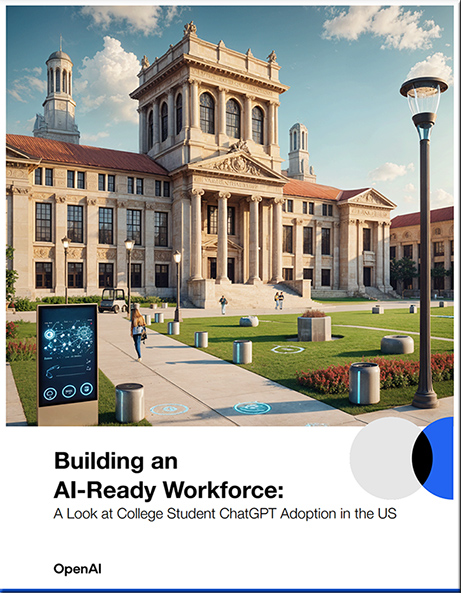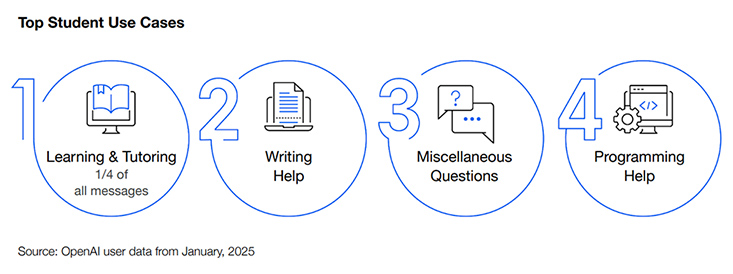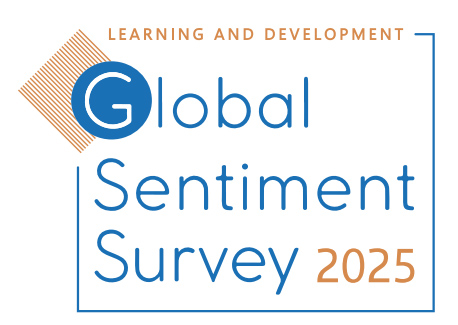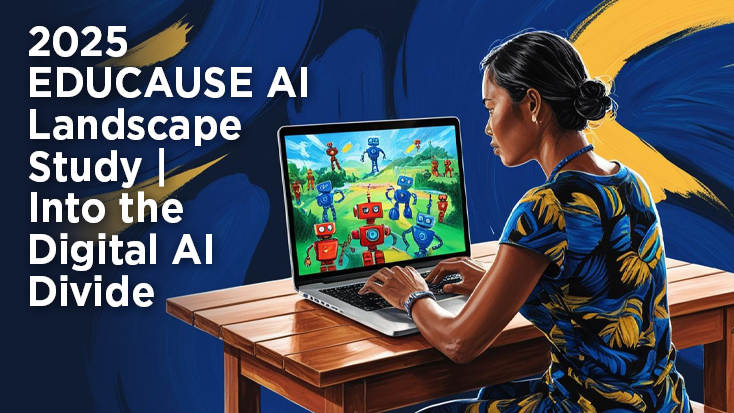Increasing AI Fluency Among Enterprise Employees, Senior Management & Executives — from learningguild.com by Bill Brandon
In other words, individual learning leaders need to obtain information from surveys and studies that are directly useful in their curriculum planning. This article attempts, in these early days, to provide some specific guidelines for AI curriculum planning in enterprise organizations.
The two reports identified in the first paragraph help to answer an important question. What can enterprise L&D teams do to improve AI fluency in their organizations?
The Future of Workplace Learning: Adaptive Strategies for Navigating Change — from learningguild.com by Rachel Rosenfeldt
The Importance of Building a ‘Change Muscle’
The ability to test and learn, pivot quickly, and embrace change is an increasingly foundational skill that all employees, no matter the level of experience or seniority, need in 2025 and beyond. Adaptable organizations significantly outperform more change-averse peers on nearly every metric, ranging from revenue growth to employee engagement. In other words, having agility and adaptability embedded in your culture pays dividends. Although these terms are often used interchangeably, they represent distinct yet interconnected aspects of organizational success:
- Agility refers to the ability to swiftly and efficiently respond to immediate challenges or opportunities. It’s about being nimble and proactive, making quick decisions, and adjusting to navigate short-term obstacles.
- Adaptability is a broader concept that encompasses the capacity to evolve and thrive in the face of long-term shifts in the environment. It’s about being resilient and flexible by modifying strategies and structures to align with fundamental changes in the market or industry.
And a quick comment from DSC:
Addressing Skills Gaps in Enterprise L&D: A High-Level Overview — from learningguild.com by Bill Brandon
Employees’ skills and abilities must match the skills and abilities required for their jobs; when they do, organizational performance and productivity improve.
Skills gaps occur when there are mismatches between employees’ skills and capabilities and the skills and capabilities needed for their work. As technology and work become more complex, identifying and correcting skills gaps become essential to optimizing employee performance.
This article discusses various methods involving skills inference and predictive analytics in addition to traditional methods to pinpoint and prevent skills gaps.
A Practical Framework for Microlearning Success: A Guide for Learning Leaders — from by Robyn A. Defelice, PhD
Another year, another opportunity to bring microlearning into your performance and talent development strategy! This is especially appealing as more and more organizations strive to deliver training in ways that meet the fast-paced needs of their employees.
However, implementing a microlearning strategy that aligns with organizational outcomes and sustains performance is no small feat. Learning and Development (L&D) leaders often grapple with questions like: Where do we start; How do we ensure our efforts are effective; and What factors should we evaluate?
The Microlearning Effectiveness (MLE) Framework offers a practical approach to addressing these challenges. Instead of rigid rules, the framework acts as a guide, encouraging leaders to evaluate their efforts against six key components:
- Goals or measurable outcomes
- Purpose
- Potential
- Evaluation
- Implementation
- Distributed practice
















